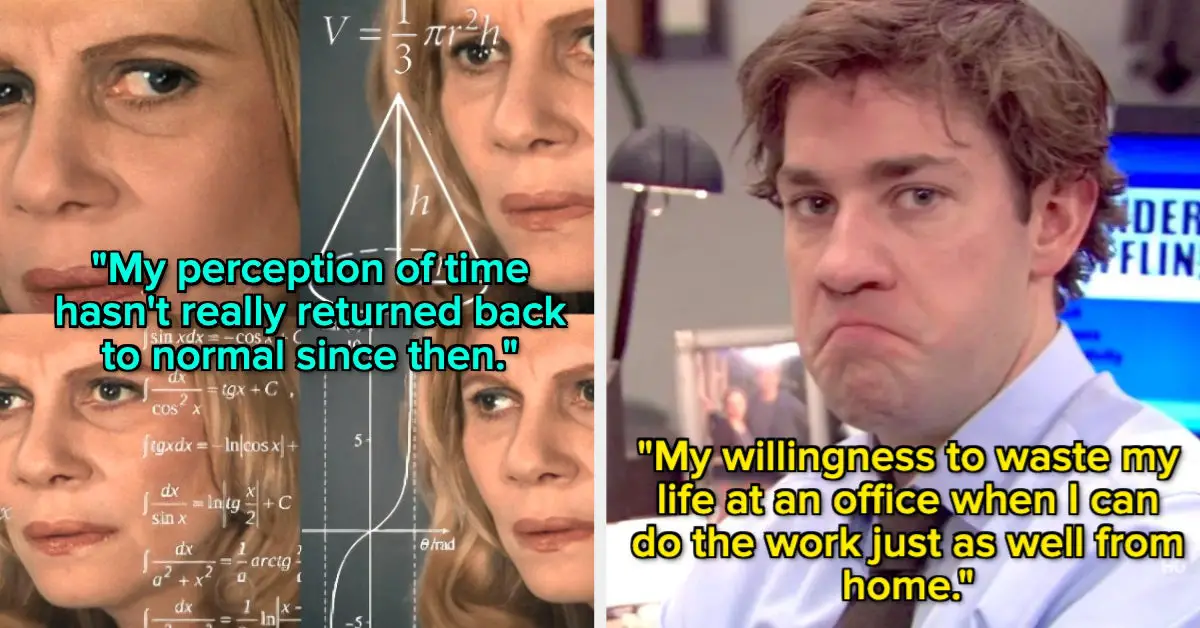Wheezing after getting on the treadmill. Gulping down air while doing chores. Breathlessness is one of the many scary and frustrating symptoms that can linger in Covid patients months after their initial infection. But while these symptoms were a mystery at the beginning of the pandemic, scientists are slowly unraveling their causes—moving us closer to finding a treatment.
In a paper recently published in the European Respiratory Journal, researchers at the University of Manchester in the United Kingdom identified a probable culprit—immune cells known as monocytes. These squishy, blue-gray cells float through the bloodstream, looking for signs of trouble. When they encounter an invading pathogen, such as bacteria or a virus, they generate other crucial immune cells and alert the immune system to activate additional defenses. Monocytes are particularly important during lung injury. At the first sign of trouble, they move to the lungs, spawning various specialized macrophages—immune cells that eat pathogens—that become the first line of immunological defense against germs invading.
But it appears a Covid infection can really mess up how these immune cells work—meaning they “can respond abnormally to subsequent events,” says Laurence Pearmain, a clinical lecturer at the University of Manchester and coauthor of the paper. In Covid patients with lasting breathlessness after an infection, the researchers found monocytes with irregularities. Compared to healthy people, these patients had monocytes with different levels of proteins attached to them that are critical for directing the cells toward the lungs. These results, the scientists say, link abnormal monocytes with long Covid and lung injury—paving the way for potential therapies to correct the abnormalities or alleviate symptoms.
Pearmain and the team had good reason to suspect these cells. Other researchers had already found that SARS-CoV-2 affects monocytes. According to Judy Lieberman, a biologist at Harvard Medical School, in cases of severe Covid, monocytes infected with the virus often die in a way that releases lots of alarm molecules into the body, triggering large amounts of additional inflammation. “It’s like a feed-forward loop,” she says. “Once this gets going, it’s incredibly hard to control.” These results pointed to the potential role of dysfunctional monocytes in long Covid, as inflammation is known to contribute to some lasting symptoms.
Pearmain and the team decided to investigate. To figure out exactly what these cells were doing during Covid and long Covid, the scientists turned to blood sampling. Starting in the summer of 2020, across several hospitals in the UK, Pearmain and the team took blood from 71 patients during their hospital stays for Covid. Over the next few months, they also collected blood from 142 separate patients previously hospitalized for Covid, gathering samples during their follow-up visits.
The patients being followed up on had had Covid around six months earlier, and by this point after an infection, Pearmain says, you would expect any immune dysfunction caused by the virus to have settled down. Yet this wasn’t what the team was seeing. “It was obvious that a lot of people were still really struggling with breathlessness, fatigue, and a lot of the other long Covid symptoms,” he says. Specifically, 48 percent of the patients being followed up reported shortness of breath, 44 percent fatigue. The team had found a long Covid cohort to study—so it was time to take a closer look at their immune cells.
Source link










Leave a Reply